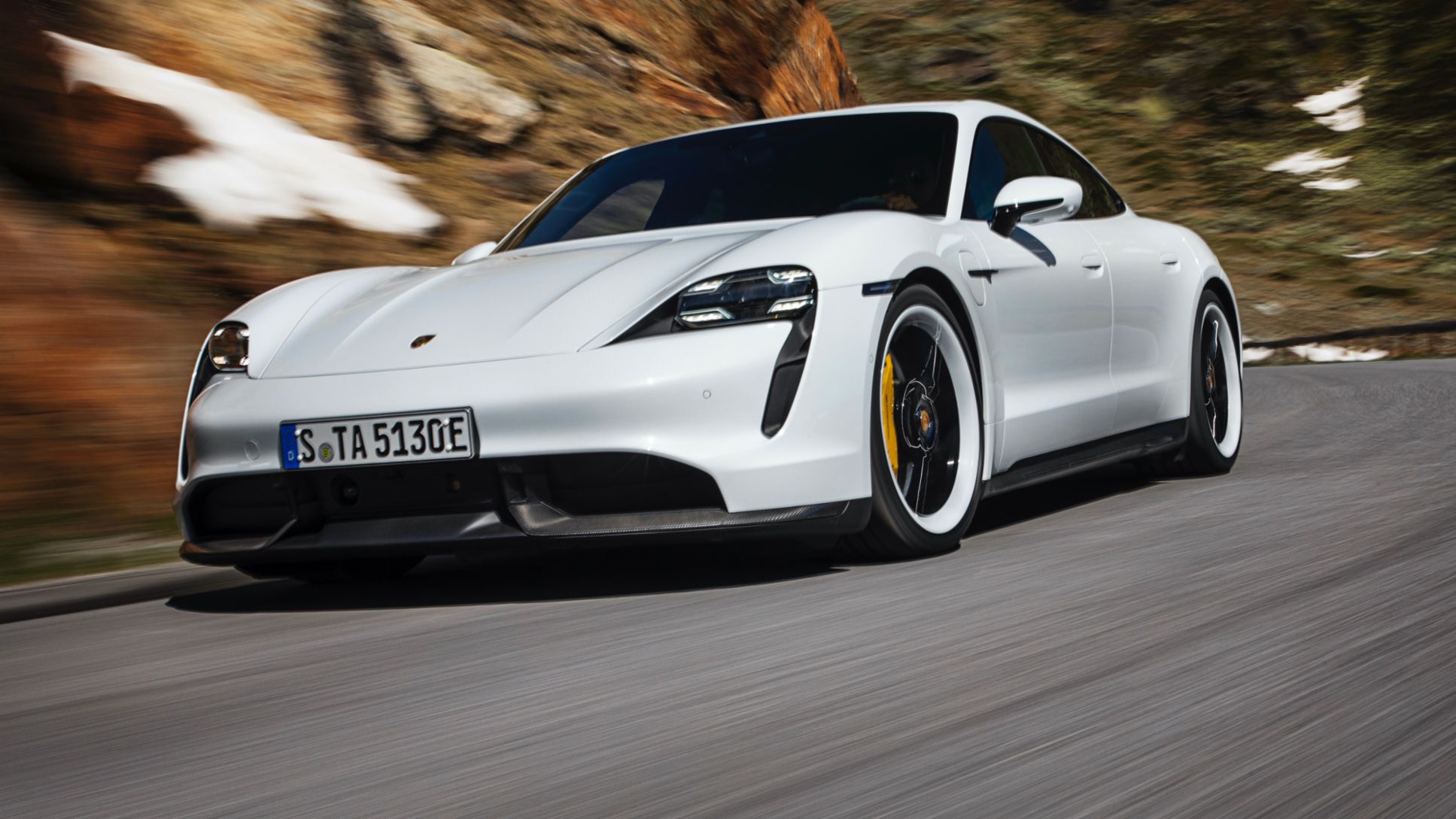How electric vehicles are changing the speed game
Electric cars have become increasingly popular as more people seek out eco-friendly transportation solutions. While there are many factors that affect an electric car’s speed. One of the most significant is the high torque created by its electric motors. This powerful output allows for rapid acceleration and awesome top speeds that make electric vehicles an exciting driving option.
Our testing has shown that multiple mainstream EVs—including some sedans and SUVs with no claim to being fast or luxurious via their design, can still accelerate from 0 – 60 miles per hour in less than 5 seconds on average! That’s supercar territory!
What makes electric cars faster than gas cars?
Why are many of the latest EVs so quick? It’s down to the basic differences between electric motors and internal combustion engines. When it comes to delivering their peak output, gasoline engines are terribly inefficient. They also tend to have far narrower horsepower and torque peaks than do electric motors.
The most efficient way for a gas engine to deliver power is by using an automatic transmission. With six or more gears in the transmission of today’s high-volume passenger vehicles. There will always be a lag time when starting from idle due to its spool-up speed limitations.
What makes EVs So Quick? – Instant Torque:
The major benefit of electric vehicles is the instant torque they provide. Which results in instantaneous acceleration when compared to traditional combustion vehicles
Electric motors have the advantage of providing constant and strong torque, even at low RPMs. This means that electric cars can achieve impressive acceleration and high top speeds right off the line. These vehicles also don’t require gears or traditional transmissions. They rely on electronic controllers that transfer energy from the battery to the motor. This allows them to reach their peak torque output much faster than a combustion engine could.
Electric motors are already a reality. They’re the ones powering electric cars, and they can produce surprising torque for their size compared with internal combustion engines of either gas or diesel type.EVs. Also tend to get a packaging benefit—longer, more spacious cabins than gasoline cars of the same size and power—by separating their major propulsion components, such as having a motor at either axle and batteries tucked away under the cabin floor.
The electric motor’s ability to quickly deliver maximum torque from rest is the major reason why EVs are so quick. The extra traction is enabled by having torque generated at all four wheels through multiple electric motors. This also has an important role in enabling these cars’ rocketship acceleration and sharp handling characteristics.
Electric vehicles also tend to be remarkably swift when punching it from cruising speed, a further advantage of electric motors’ quick responses and not having to wait for the transmission to downshift that a gas-engine vehicle would do in that scenario. However, EVs’ lack of gearing does hurt their high-speed acceleration (say, 150 mph-plus) as well as their top speeds, which are generally much lower than their gas-engine supercar counterparts.
Battery Technology:
Batteries continue to improve in terms of capacity and how quickly they can be charged. This means more range for longer trips and faster charge times when needed
To put it simply, electric cars are able to take full advantage of all the power their motors can generate because the battery power is plentiful and available. High-performance batteries with large capacities help these cars maximize their performance. Furthermore, the lack of an automatic transmission allows for less loss of internal energy, giving them an edge over traditional cars. All of this combines to produce an experience that’s thrilling and unforgettable!
Electric motors are simple, durable, and have far fewer moving parts than a combustion engine has, and the limit on their power often isn’t the motor itself but the EV’s battery. Keeping batteries healthy includes asking them to deliver power in a manner that keeps the pack operating within the limits of the cell’s discharge rates meaning the drivetrain can’t ask for all that energy at once.
Advanced Motor Technologies:
The motors used in electric cars are advanced. Allowing them to deliver higher power outputs while keeping lightweight and efficient
The high power density of these specially-made motors is what affords electric cars the capability to be so much faster. While a traditional internal combustion engine needs time to rev up, electric engines can propel the car almost instantly, making them perfect for sprints and accelerating quickly out of corners. Furthermore, this instant acceleration contributes to the maximum speed an electric car is able to reach as they are exposed to less drag while reaching top speeds.
The efficiency of an electric car is often much higher than that found in gasoline vehicles. For example, one with a 70 kWh battery can travel 250 miles on just two gallons worth of energy–less than half the amount needed for gasoline-powered cars which waste three-quarters of the production process without delivering any benefit to performance or acceleration time!
There’s also an unexpected correlation between fast EVs and their range. While powerful gas-engine vehicles have less than stellar fuel economy—meaning they can’t go far unless they have a large gas tank—that tradeoff doesn’t exist in the same way with powerful, quick EVs. Although the efficiency ratings of extremely quick EVs certainly suffer—sometimes by as much as 25 percent—it takes a big battery to make big power in an EV, so some of the very quickest of the electric breed overcome their relative inefficiencies with a larger battery pack such that they still have some of the longest driving ranges.
Regenerative Braking:
When slowing down or going downhill, electric cars are able to put some of their energy back into the battery. Giving them an extra boost when accelerating again
Regenerative braking is a feature of electric vehicles that helps to conserve energy. When drivers take their foot off the accelerator, it activates the regenerative brakes. This help to slow the car down and store some of the lost energy from braking into the battery pack. This additional energy can then be used to boost performance when accelerating again. Making electric cars even faster and more efficient.
The takeaway?
EVs feel quicker than they objectively are, and that’s a good thing. They’re fun to drive, and with performance that continues to improve as battery technology advances. There’s no reason not to switch over sooner rather than later. Mainstream EVs benefit in a similar, if lesser, fashion. Fine by us. We’ll never complain if a vehicle is quick—let alone if it feels even quicker than it actually is.









